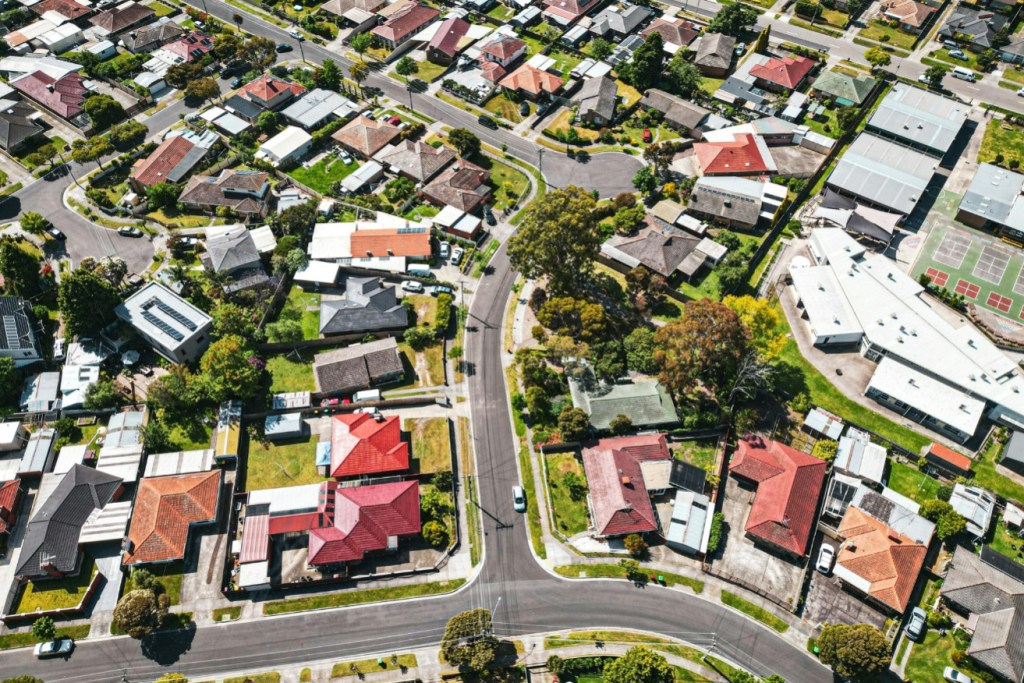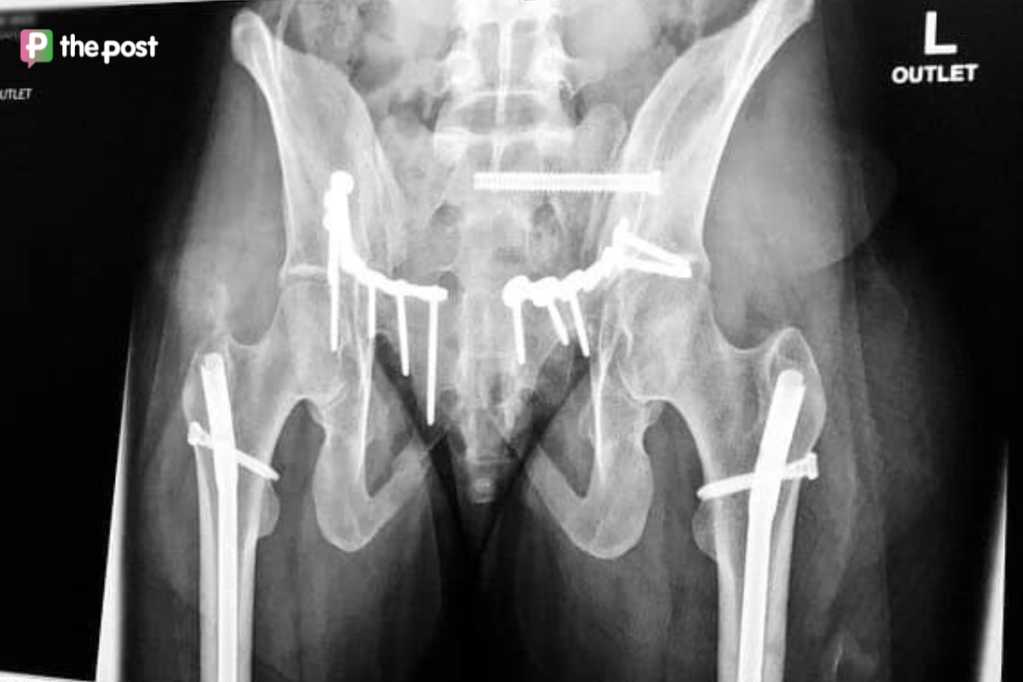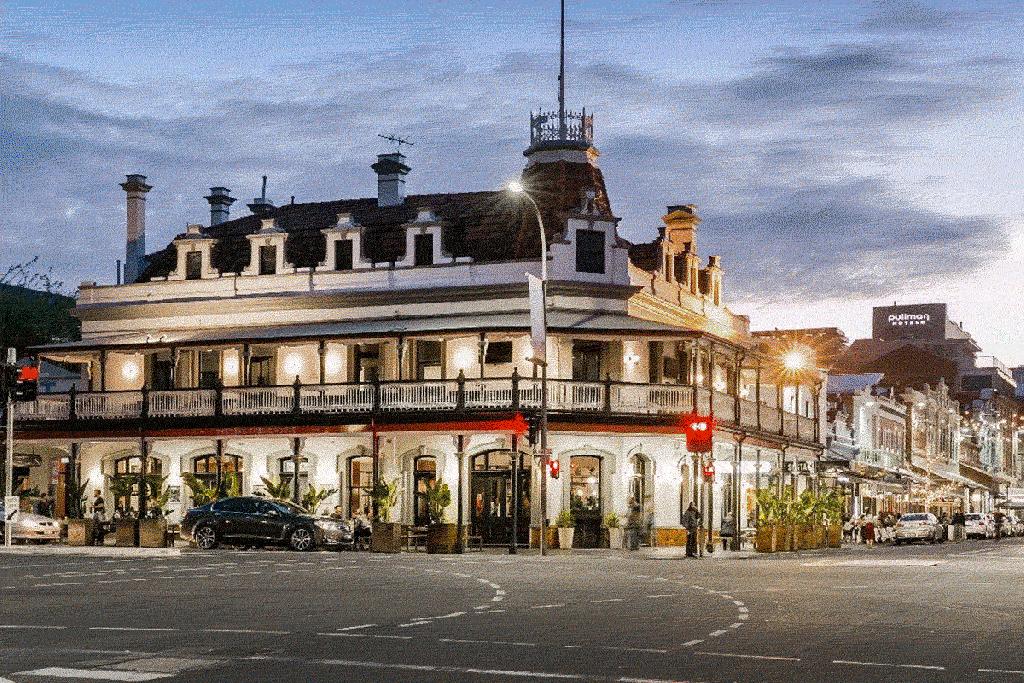Older Australians spend big thanks to home ownership, while younger citizens struggle

Young Australians are bearing the brunt of the cost-of-living crisis, with experts warning that falling rates of home ownership are making generational inequality worse.
Figures published on Tuesday by Commonwealth Bank showed those aged 18 to 29 have cut back spending by 2 per cent over the past year, while the 30 to 39 bracket retreated about 1 per cent.
In contrast, older cohorts are increasing spending well ahead of the inflation rate, with 60 to 69s up 3.9 per cent and over-70s spending 7.7 per cent more.
Australia Institute senior economist Matt Grudnoff said the differences in spending between older people and younger people can be explained in significant part by home ownership.
“A larger part of the cost-of-living crisis is around housing. Mortgages have gone up and rents have gone up,” he said.
“If you own your own home outright then a large chunk of the cost-of-living crisis doesn’t impact you.”
Generational issue
Per Capita executive director Emma Dawson said young Australians are suffering as acute cost-of-living pressures collide with larger structural problems like housing affordability.
“It is much harder to build a good life for your own effort than it was for Baby Boomers, and even to an extent Gen X,” Dawson said, warning that the gap will widen without redistributive reforms.
“The economic system that we’ve maintained for the past 40 years gives more support to people who already have assets than to people who don’t. That is playing out generationally now.”
You might like
Per Capita’s research shows intergenerational inequality was already widening over the decade prior to Covid-19 as living standards for many workers stagnated and property prices soared.
Inflation has now made many of those pressures more pronounced, explained Young Workers Centre director Felicity Sowerbutts, threatening the economic horizons of millions of people.
“Young workers are battling a rental crisis, a housing crisis and wages haven’t been keeping up with the cost of living,” Sowerbutts said.
“We really need to level the playing field … to make sure young people have a good start to their working lives.”
Young Australians feel the pain
The latest Commonwealth Bank figures show those aged 18 to 39 are spending less on essentials such as petrol and utilities, let alone discretionary goods such as apparel and travel.
Meanwhile, older Australians (who are more likely to own property) have raised their spending on retail goods and travel.
The 25- to 39-year-old Baby Boomers in the early 1990s were three times more likely to own a home than the same aged cohort in 2021, according to ABS analysis of Census figures.
Over that same period, median property prices have risen by several orders of magnitude, with the time it now takes to save for a deposit on an average income blowing out to more than a decade.
“People are being locked out of the housing market,” Grudnoff said.
Grudnoff explained that even for those younger people who have managed to purchase a home, they’re also saddled with much larger mortgages to pay down amid decade-high interest rates.
Although official interest rates were higher in the 1990s, the size of an average home loan was also much lower, meaning families weren’t squeezed by such exorbitant repayments.
Tax and housing
Stay informed, daily
Grudnoff said reforms addressing housing pressures must be front and centre to addressing generational inequality.
“There’s a lot of focus on supply, and if we build more houses that will hopefully make housing more affordable,” he said.
“But that’s only part of the problem and isn’t going to solve it completely. The cause of the housing crisis has more to do with a rapid increase in demand and, in particular, investor demand for housing.
“That’s being driven by tax concessions – the interaction between negative gearing and capital gains tax discounts.”
More broadly, Dawson said the entirety of the tax system is less fair to younger Australians than it was for their parents and grandparents.
“When [people over 70 now] were in their 20s and 30s, they had much more support through the tax and transfer system than people of that equivalent age now, or they didn’t face the barriers we’ve put up,” Dawson said.
“In particular, the way that we tax wealth – or don’t tax wealth – and the way that we rely on income tax has a generational outcome.”
Profits over wages
Dawson explained that a larger share of what small productivity growth has occurred over the past two decades has flowed to capital returns (profits) over wages, which have stagnated.
“It’s always been the case throughout history that first-home buyers struggle for a few years. They take on a big debt,” Dawson said.
“But then traditionally their wages increased ahead of inflation, so by year five or seven their income as a proportion of that loan has been higher. That wage growth is just no longer occurring.
“It’s not just stopping people getting into the market. It means that when young people do get in they can’t move from the beginner home up to a family home.”
Lack of fairness
Sowerbutts said archaic rules such as junior wages – which allow employers to pay young workers cut rates that aren’t enough to live on – must be outlawed to improve fairness.
“Rentals are just getting more and more expensive, yet our wages aren’t increasing,” Sowerbutts said.
“There’s plenty of young people wondering if they will ever own a home.”
Grudnoff argued that the industrial relations system remains “rigged” in favour of employers against young workers, who have less power than workers half a century ago.
“In the 1960s and ’70s we had strong unions with industrial relations laws that protected workers,” Grudnoff said.
“The government was heavily involved in housing construction … and you had free university education.
“All three of those ladders which got the Boomers on the path to wealth and where they are now have been pulled away and generations coming up behind them are paying the price for that.”








